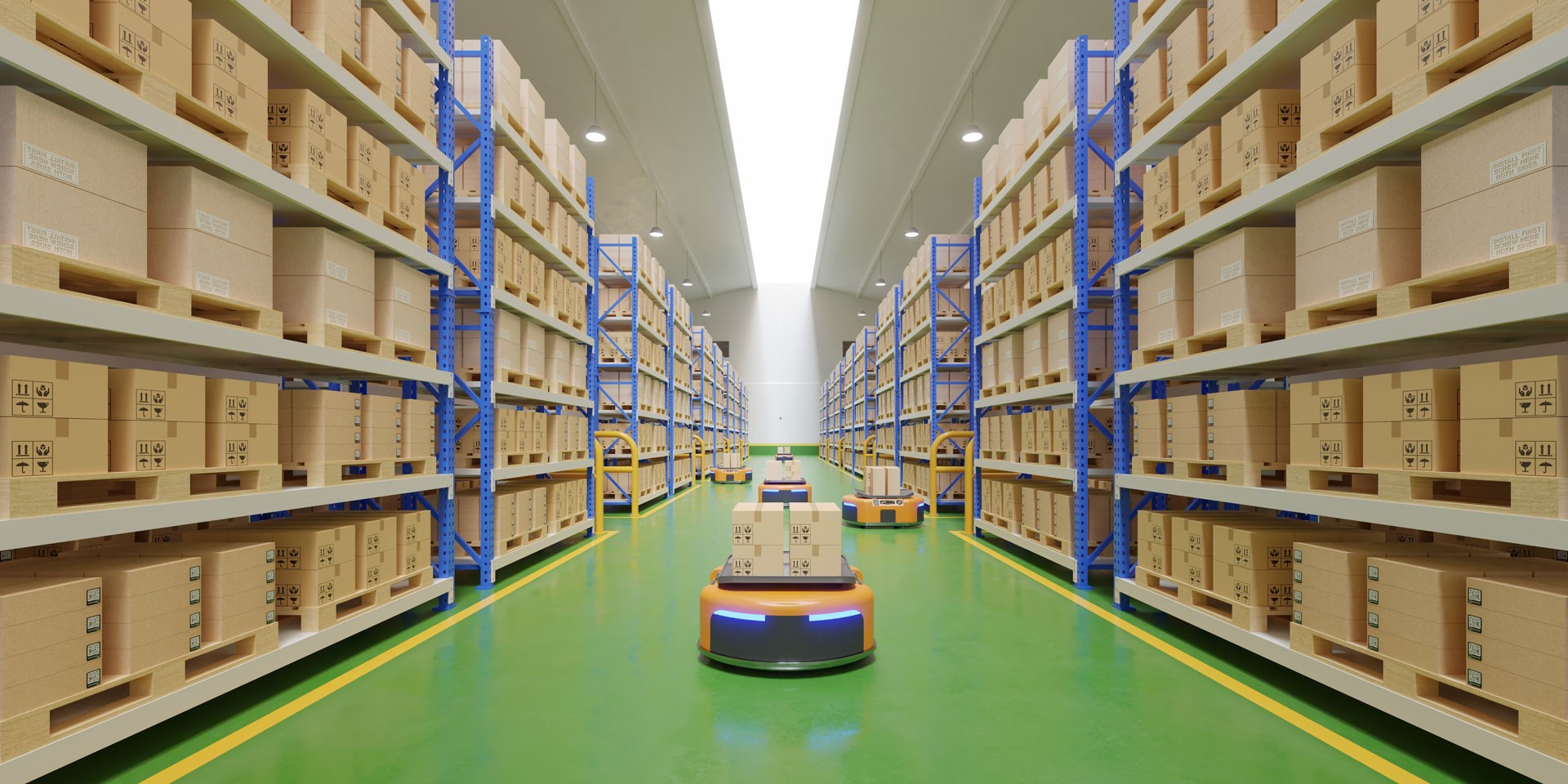In the digital age, warehouse automation stands at the forefront of innovation. Yet, one persisting issue is the struggle for consistent, high-speed internet connectivity. This vital component ensures that cutting-edge machinery, like robots and drones, can operate effectively and efficiently. But here’s the kicker: as firms leap forward with advanced machinery, many realize their existing internet infrastructure is lagging.

The Necessity of Speed and Reliability:
Robots zipping around warehouse aisles, autonomous forklifts shuffling goods, and self-driving trucks navigating the roads share a common need: a robust internet connection. It’s not just about staying connected; it’s about ensuring these machines function with precision, speed, and safety.
The Roadblock to Automating:
The roadblock to automating highlights one of the challenges companies face as they add more technology to their logistics operations. This barrier isn’t just about choosing the latest machine or system. It’s about ensuring that the technological foundation, particularly internet connectivity, supports and amplifies these investments. After all, what’s the use of having a state-of-the-art robot if it stumbles in a digital void?
Upgrading to Meet Demands:
Nick Leonard of SVT Robotics mentioned an interesting point – companies often pick their automation technology without considering internet requirements. The result? They find themselves stuck with outdated connections that might barely support email browsing, let alone a fleet of sophisticated robots.
5G: The Potential Game-Changer:
Enter 5G. Its promise of speed and reliability makes it a beacon of hope for logistics operators. While traditional Wi-Fi has its merits, 5G boasts advantages especially in dense urban areas or remote locales. But hold your horses! Despite its promise, not all warehouse tech can currently run on 5G. It’s not a switch to flip. Adapting existing machinery to this new network might demand time, effort, and resources
The Current State of Affairs:
Mike Johnson of Locus Robotics puts it aptly: for systems running round the clock, resilience is paramount. But adopting new networks, especially one as fresh as 5G, comes with its own set of challenges. If understanding and trust in Wi-Fi took years to build, 5G might need its own time under the spotlight.
Real-World Challenges and Solutions:
GE Appliances offers a peek into real-world challenges. Despite seeming ready with their Wi-Fi setups, they often boost signals for their robots. Why? The slightest disruption and a robot might halt, throwing a spanner in the works. And as they explored autonomous trucks for short stretches, the importance of consistent connectivity became even clearer. Even a blip in the signal and these trucks stop in their tracks.
FAQs:
- Why is internet connectivity crucial for warehouse automation?
- Consistent, high-speed internet ensures machinery like robots and drones operates effectively and efficiently.
- What’s the primary challenge with current internet setups in warehouses?
- Many existing infrastructures can’t support the demands of modern, high-powered automation technology.
- Is 5G the solution to these internet woes?
- While 5G promises better speed and reliability, its adoption and compatibility with current machinery remain challenges
Conclusion:
The roadblock to automating highlights one of the challenges companies face as they add more technology to their logistics operations. While the future of warehouse automation is undoubtedly exciting, it’s clear that a foundational review and upgrade of internet connectivity are essential. Embracing this challenge today will pave the way for a smoother, more efficient tomorrow.















